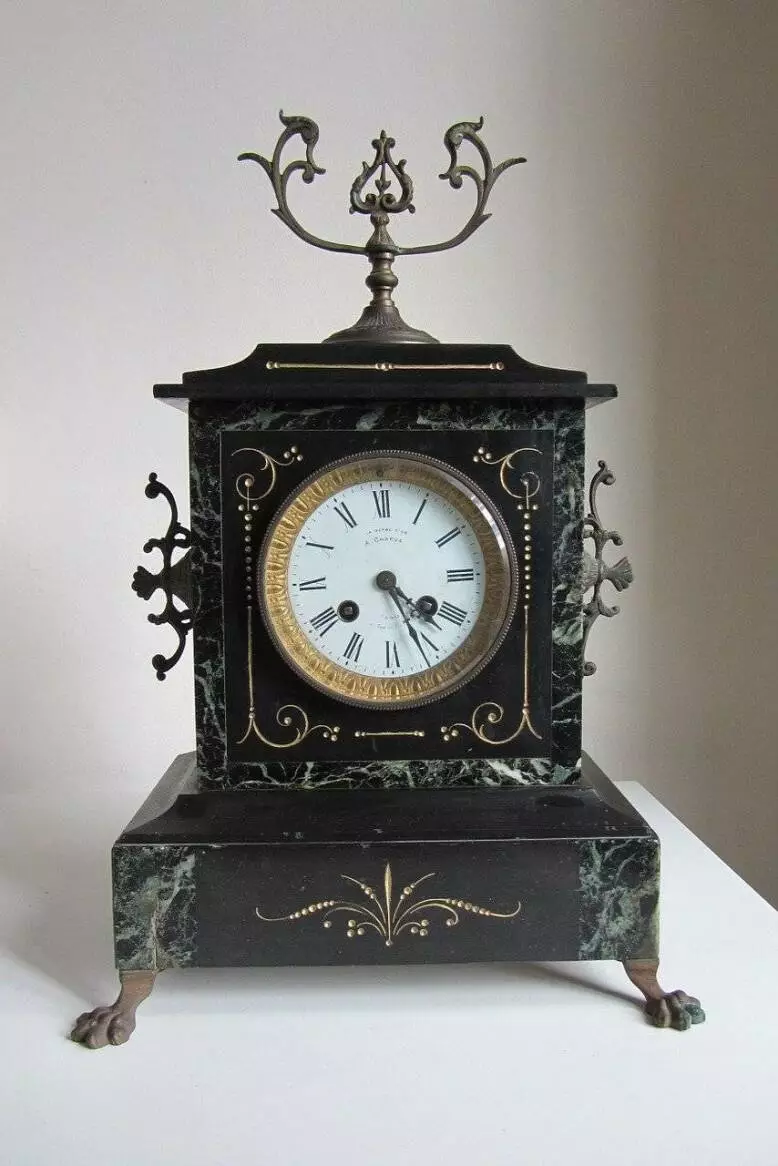Want a step by step guide to valuing clocks? You’ve come to the right place. Knowing the value of a clock can be a tricky task when you’re just going by eye, so we have put together a key list of features to look out for so you can best estimate the value of your clock. Whether you’re looking to value an old Grandfather Clock or a simple pocket watch, we’ve got a method to help you out.
Clock Parts to Consider
There are a few different parts of your clock that you can factor in when figuring out the value of your antique. Keep in mind that the overall value is an average of many factors for a given clock.
The first three parts we’re going to look at are the arms, the ‘cases’, and the time face. These are the most identifiable parts of your clock. Remember, while it’s easy to estimate the value of these parts, the value of the actual clock itself will usually be much higher.
To estimate the value of your antique timepiece, take the following 6 steps:

- Identify a label or signature
A clock’s manufacturer is one of the largest factors in determining a clock’s value. Take time examining your, sometimes labels and signatures can be in small print or tricky to find.
- Identify if the clock is handmade
Craftsmanship is what makes antiques and collectables so valuable. One of the tell tale signs of handmade pieces is irregularities. For example, curves may be imperfect and features may not be completely symmetrical. In rare cases, the clock may even use different types of hardware.
- Identify what category your clock fits into
Identifying what category of clock you have makes assigning its final value a much easier process. Take time to read up on the different styles of clocks to identify its average value. This could range from grandfather clocks to longcase clocks, skeleton clocks or even mantel clocks.
- Identify any signs of age
Signs of wear vary between different timepieces depending on where they have been kept and what they have been used for over the years. While signs wear won’t give an exact value of your clock, any signs of aging will help to determine if it is a true antique.
- Use online pricing guides
Once you have an idea of what category your clock fits into, the manufacturer and its value, there are reliable online antique clock pricing guides that will give you a value for your clock based on how similar clocks and timepieces have sold.
- Get a reliable appraisal
Now you have your online value for your clock, you can take this sum and get an in-person appraisal. During this process they will examine your clock and give a more accurate value. Your online estimate will act as a good ballpark going into your appraisal.
The Importance of Brand and Age
To start things off, you have to decide what a clock is to you. For most people, clocks are not collections of time, but means to measure the passage of time. People are more interested in history and older timepieces.
What Else Affects the Value?
Another essential item to look out for in an antique clock is the movement. This refers to the clock’s functioning parts: the “operating mechanism” that works like an electric motor.
A clock’s probably worth a lot more than you think. Understanding the value of your clock is not only helpful but also the only way to get a fair price for it. In case you can’t get a fair price, ask for your clock’s value in cash.




